LAMBING: the good and the baaaaad
The Smith’s sheep stand together as the sun sets.
If you thought raising a dog was challenging, taking care of a sheep must be a walk in the park. But what about 4,500 of them?
Wendy and Regan Smith run a purebred, registered Hampshire sheep operation in Powell. They have about 4,500 sheep in all, and they expect their ewes to birth 1,800 babies by the end of March.
Of course, raising any animal isn’t an easy task. Like any other job, raising sheep presents many challenges, and it comes with ups and downs.
“Babies are my favorite part,” said Mrs. Smith, who teaches science at PHS. “I love playing with the baby lambs, making sure they get to nurse and watching them do ‘the lamb dance.’ I hate losing babies; I hate losing lambs, period, but you can’t help it when you have so many.”
When lambing season comes around, it’s all hands on deck for the Smith family. Their youngest son, Bronson (PHS class of 2018), helps a lot with the sheep when he’s home from Casper College. He gives them his undivided attention, which is especially important at this time of the year.
Bronson makes sure that the sheep are fed, and that the babies are taken care of. He’s also responsible for keeping track of the important information so it can be shared with the National Sheep Improvement Program (NSIP).
“Bronson is in charge right now,” Mrs. Smith said. “He’s been doing all the night lambing. He goes out at about 11 p.m., and he’ll stay out there until about 4 in the morning.”
The Smiths have their operation running like a well-oiled machine. They know the location of every one of their sheep, via ear tag, and they strategically plan everything, from breeding, to lambing ahead of time.
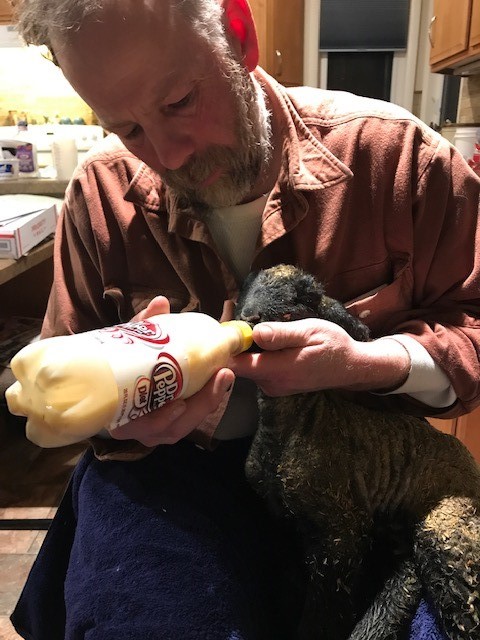
Regan Smith bottle feeds a baby lamb.
“We specifically put our rams in about the 15th-16th of August, so we start lambing around the 12th-14th of January,” she said. “We ultrasound our ewes in the middle of November. They’re marked on their backs with the number of lambs they’re having. They’re marked on their shoulder if they lamb early, or their hip if they lamb late.”






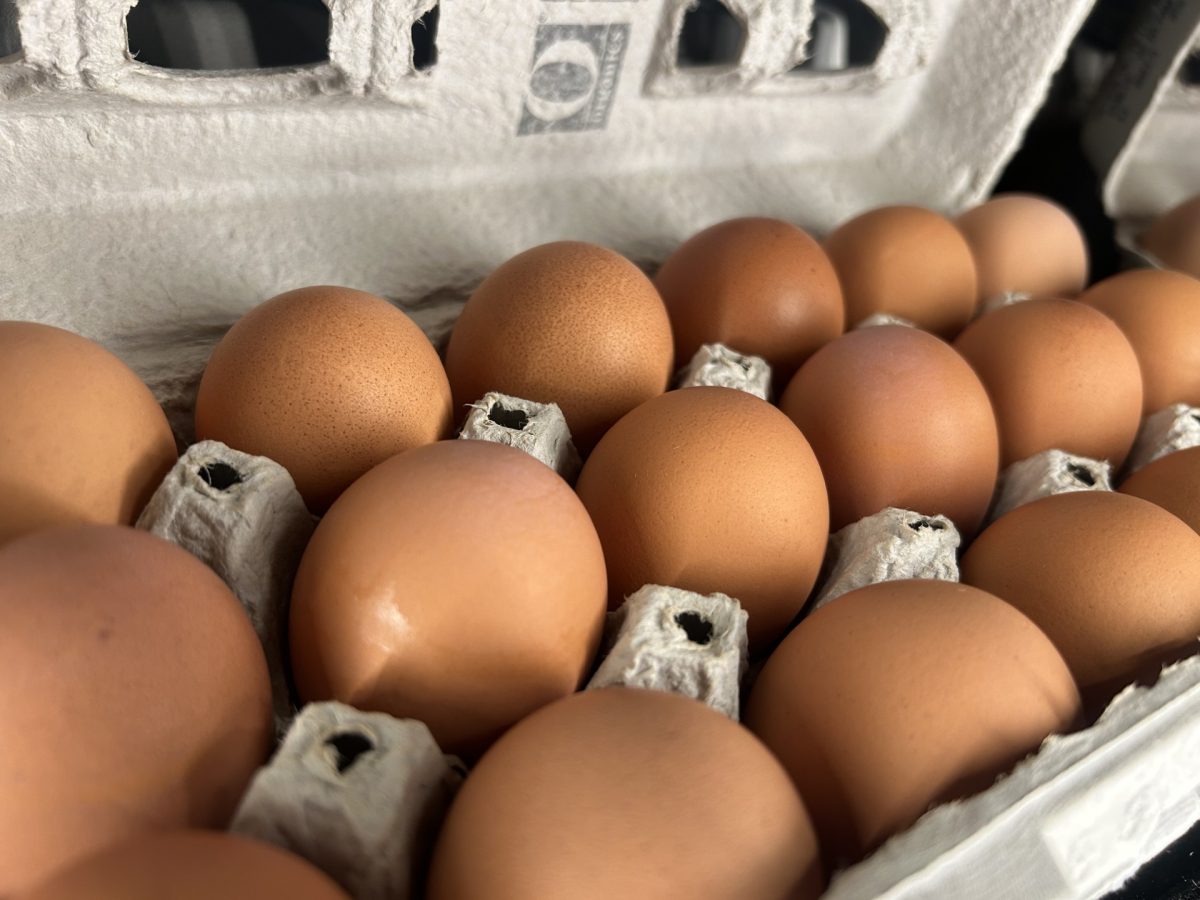
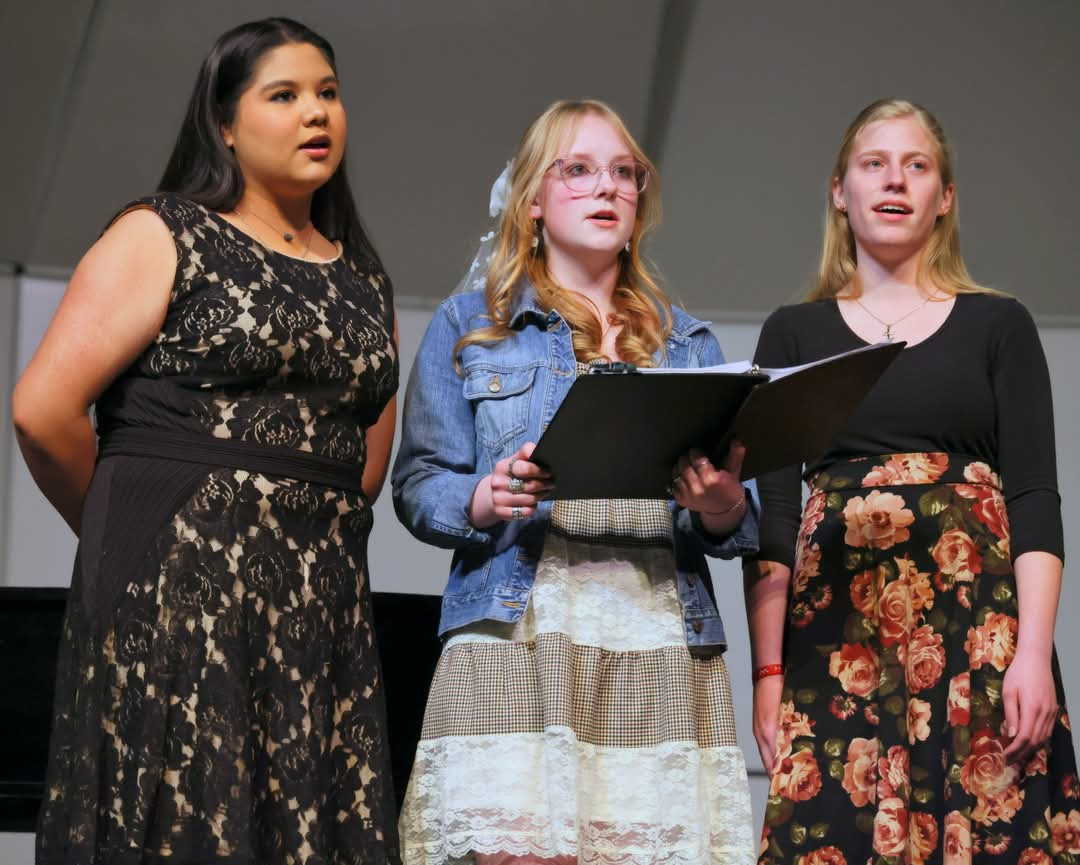






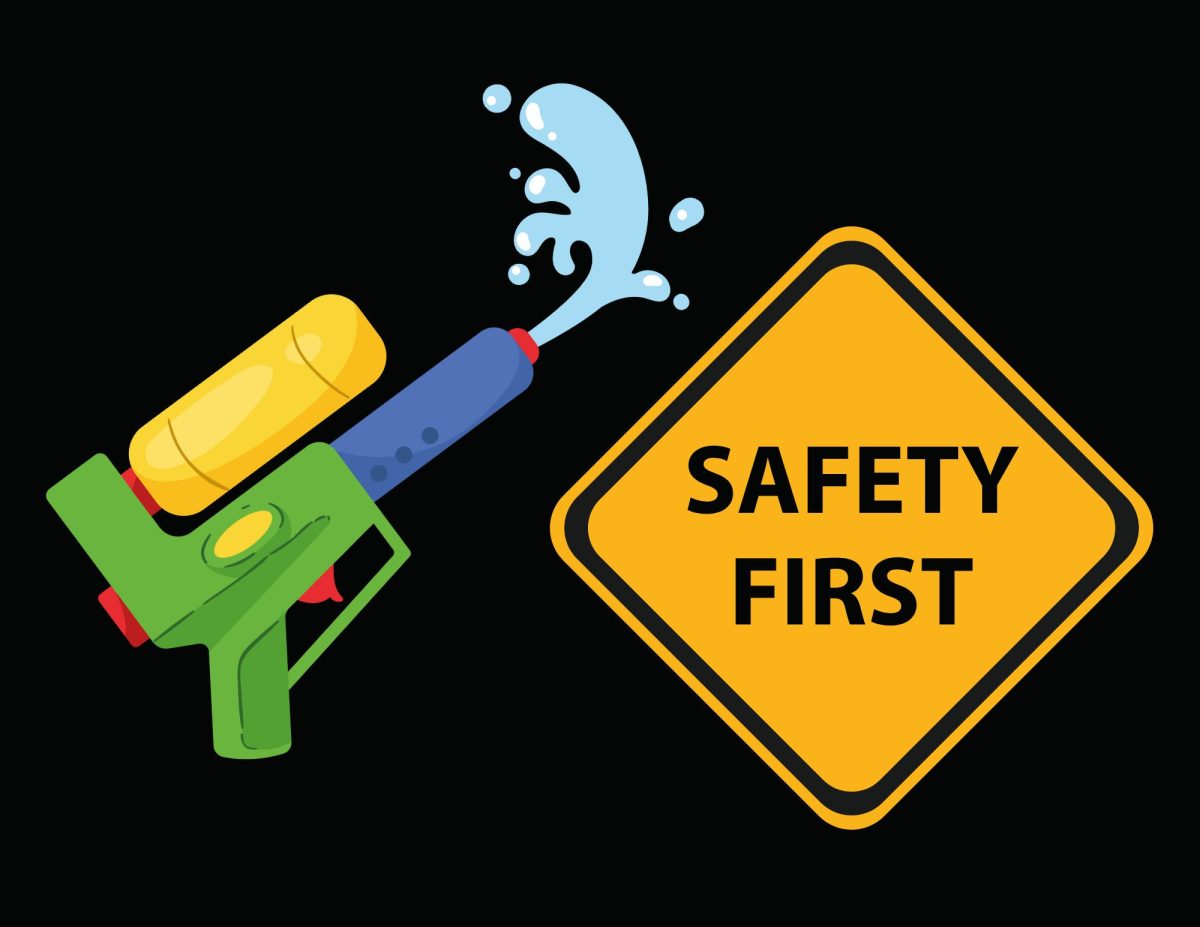


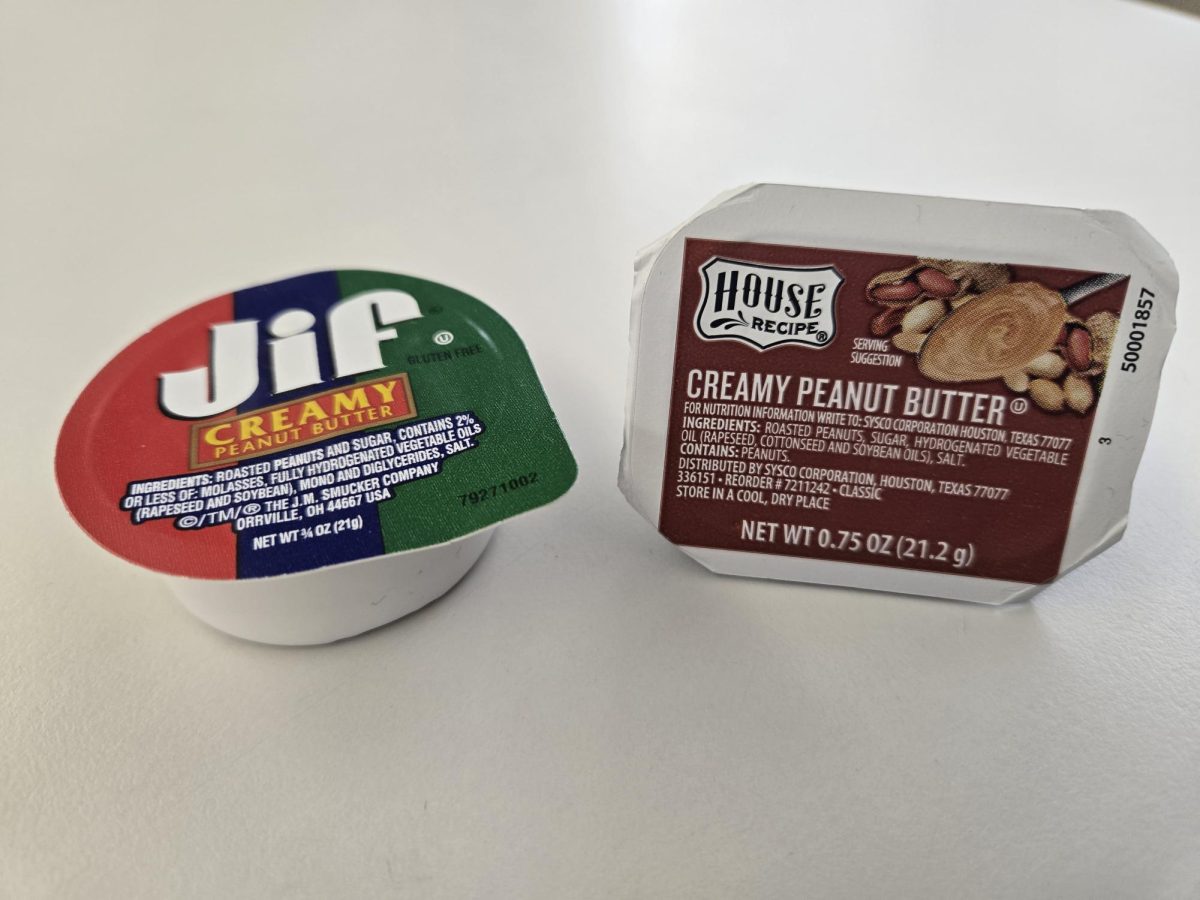

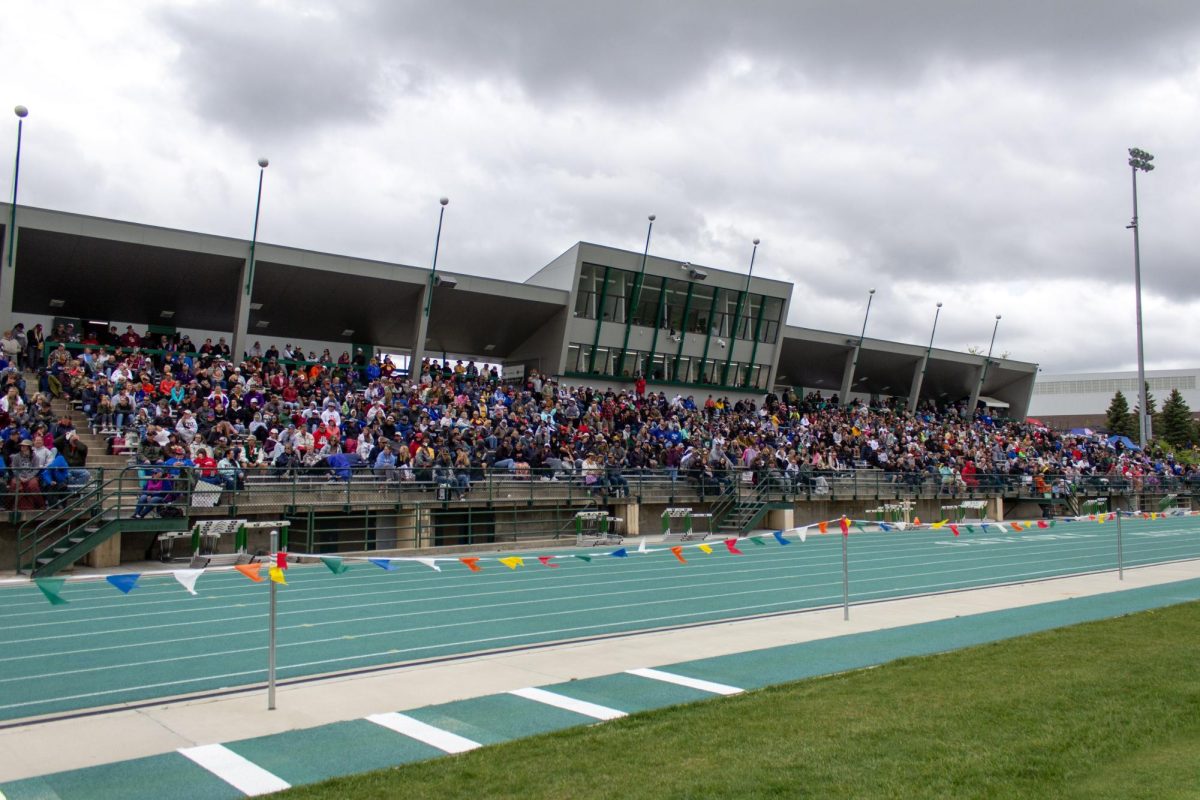


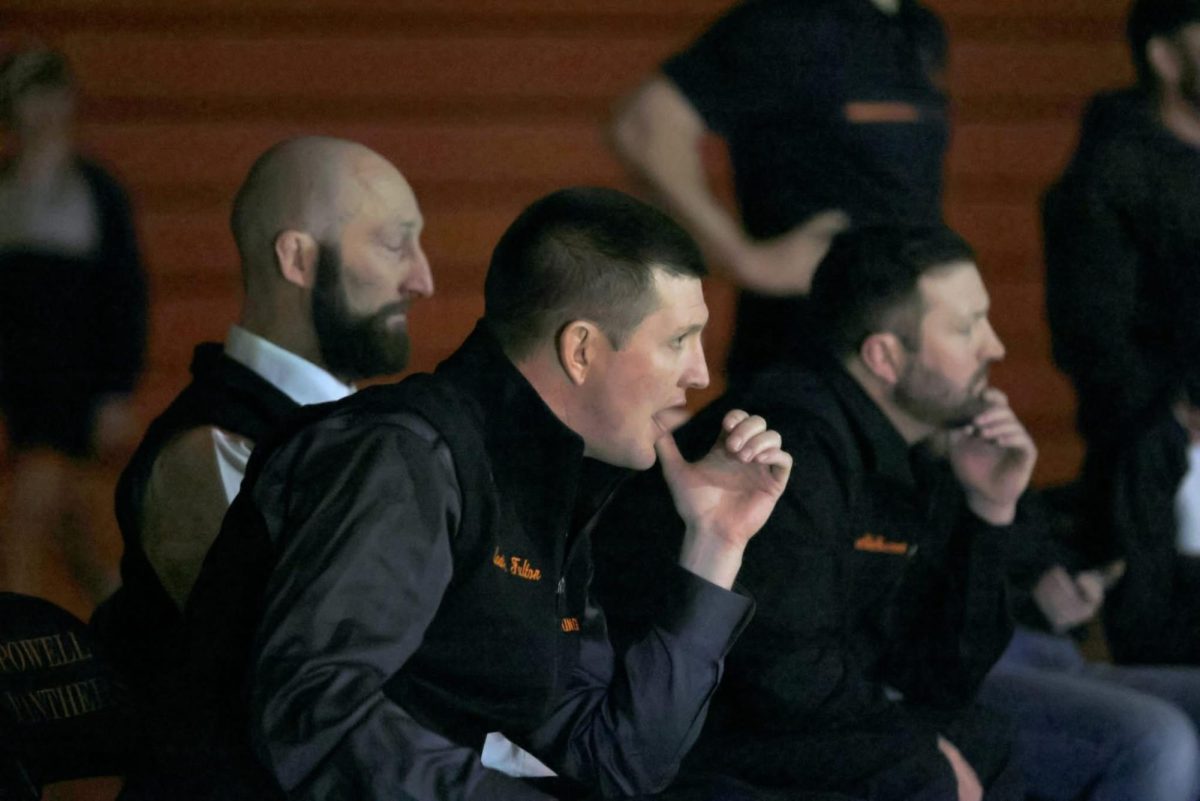
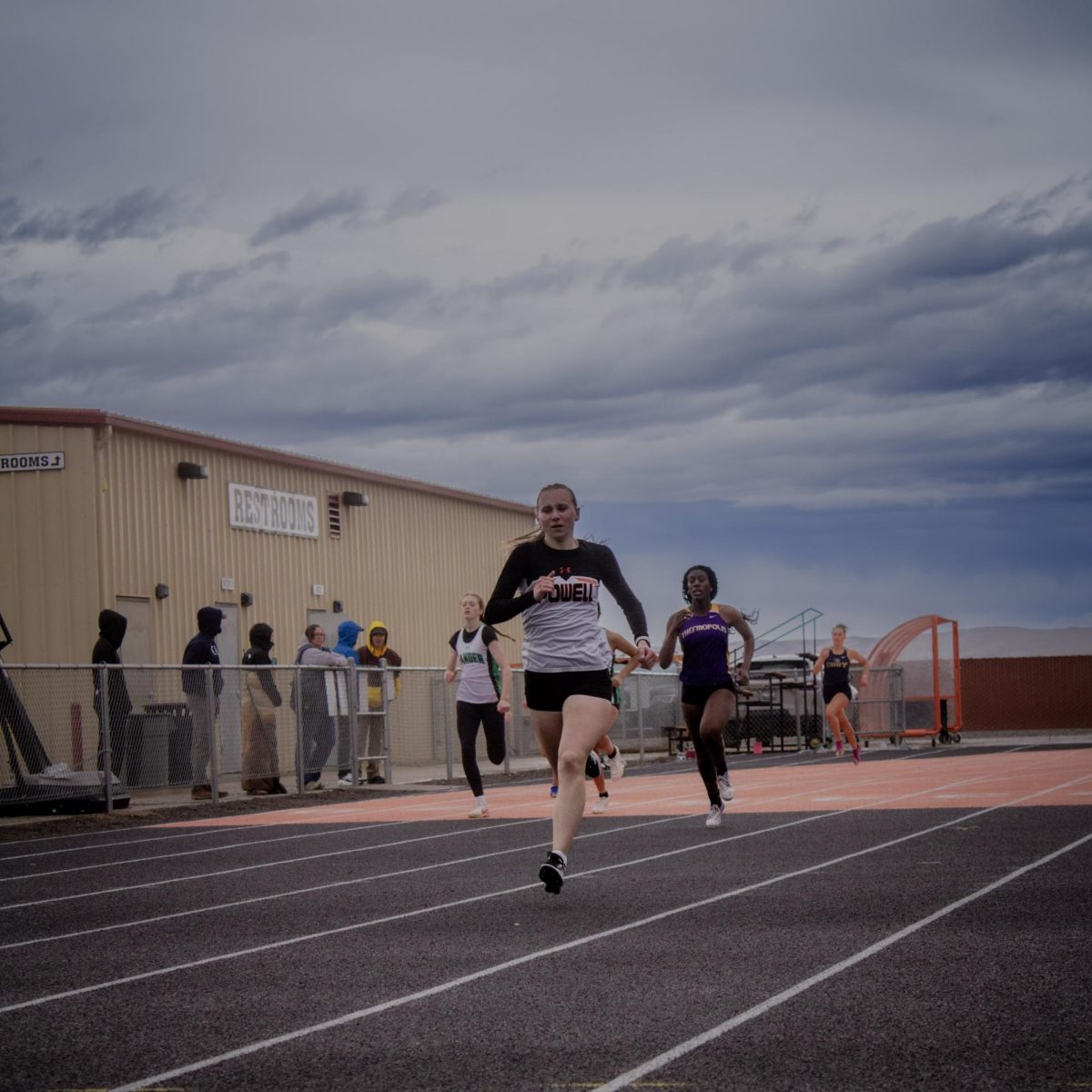
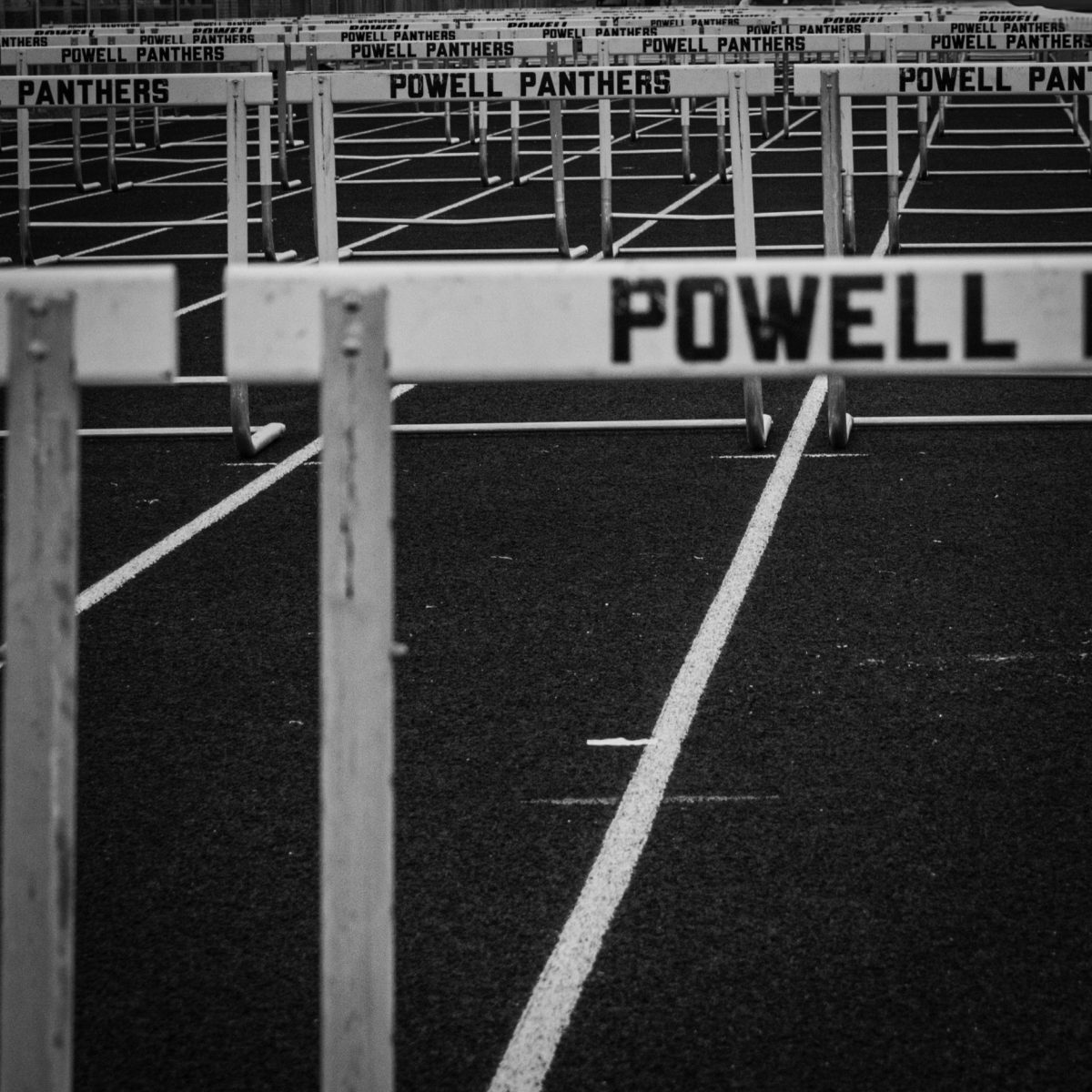

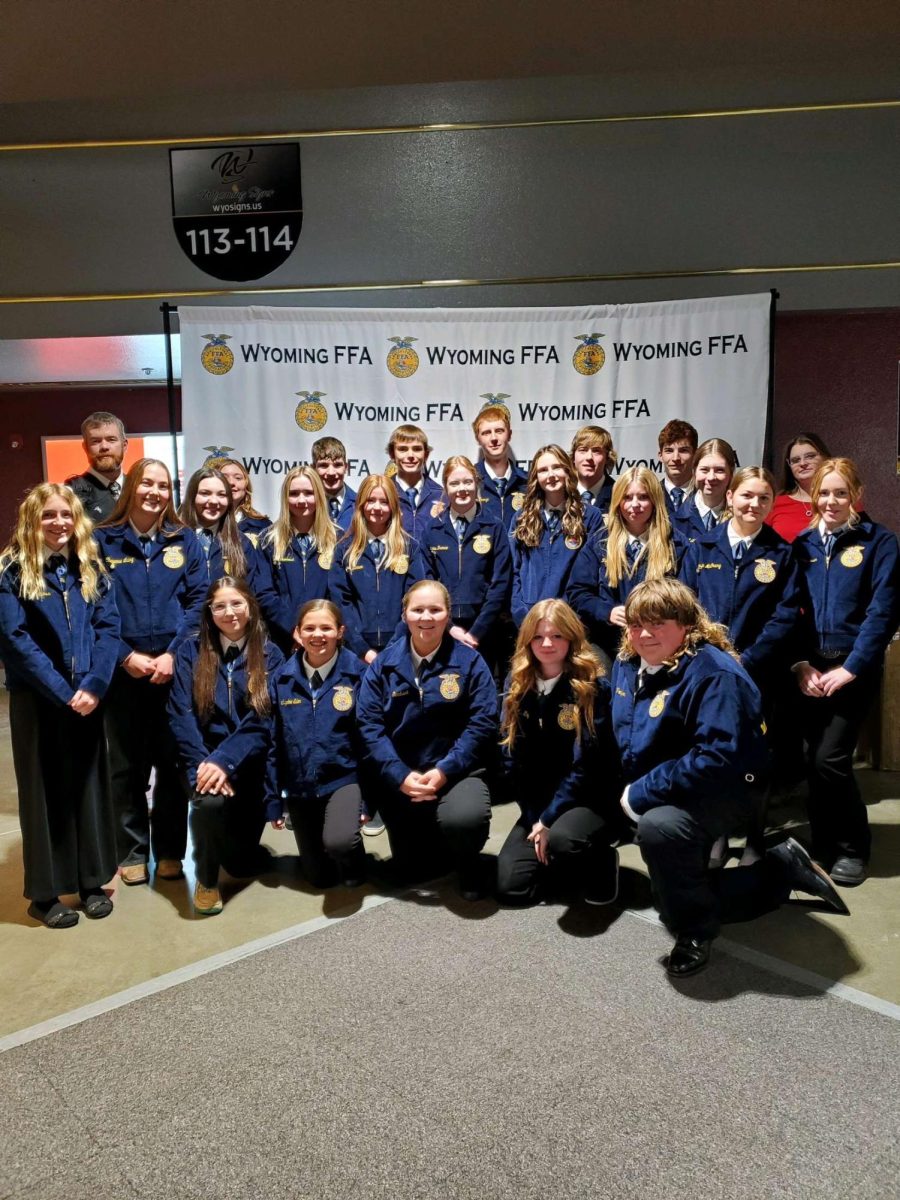

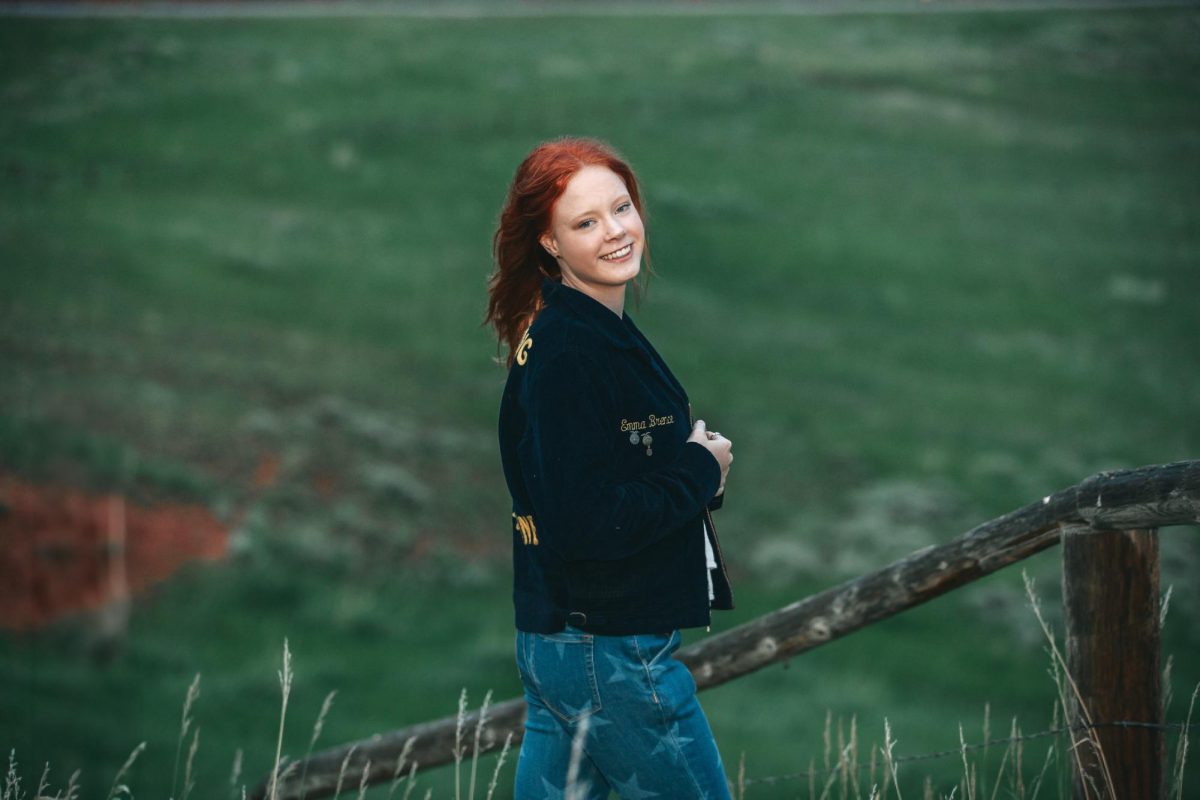
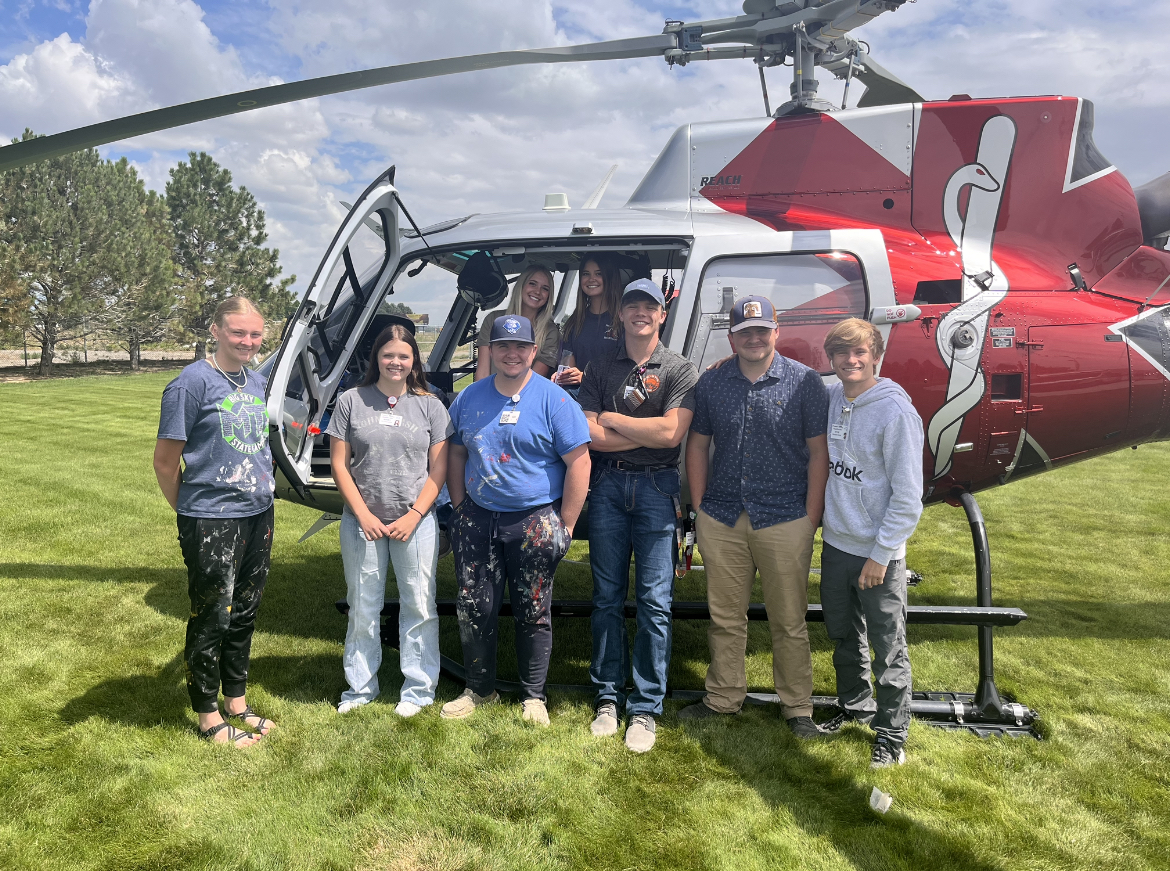



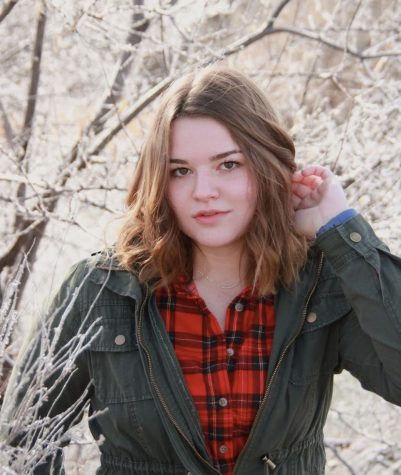
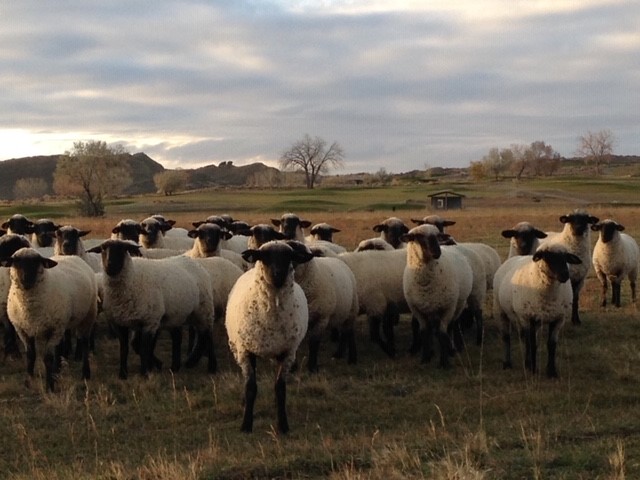
Gonga • Jan 31, 2019 at 5:24 pm
Well written article Ms. Tegan! Loved it!